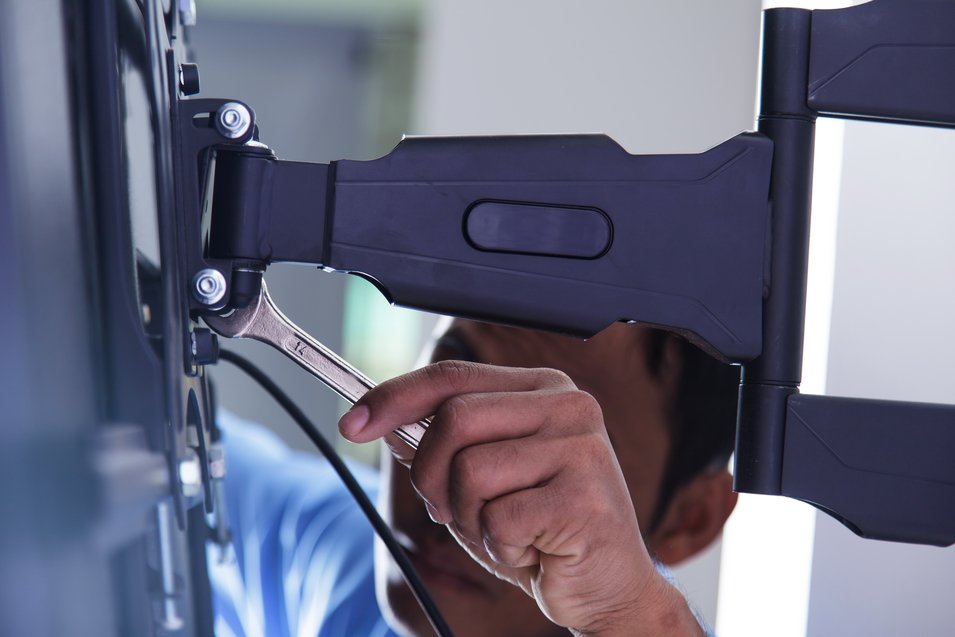Five Questions to Ask Before Buying an Interactive Display
- BenQ
- 2019-04-26
Top interactive displays on the market make schools safer for students, standardize subject content, and most importantly, increase student success. For these reasons and more, interactive panels are becoming standard issue in K-12 classrooms. The current issue for most schools is not whether or not to purchase a digital whiteboard, but which one to choose. This guide highlights what questions to ask when narrowing down the options.

The cost of the hardware is not the only thing that should be taken into account when deciding on which interactive display to purchase. Technology procurement teams also need to consider licensing fees, software upgrades, maintenance, warranty, and additional hardware expenses. They even must consider installation expenses, such as removing previously installed hardware or having to cancel school.
To offer some insight into this chaos, potential buyers should know that high-end interactive panels come standard with three-year warranties (with the option to extend) and no software or renewal fees. Well-designed displays are even designed to reduce maintenance and hardware expenses. For example, they can be configured, maintained, and upgraded remotely without the need to be on site. To reduce additional purchases, digital whiteboards should be equipped with and speakers for video conferencing. Styluses and erases should be passive, meaning that they can stand alone and never need to be paired, recharged, or have batteries replaced.

It’s easy to design software that’s loud and shiny. However, it’s much more difficult to build something that’s loud, shiny, AND useful. Software features should help increase student engagement, success, and retention. These features should also be intuitive and easy to incorporate into everyday lesson plans. Some of the most popular engagement features include sticky notes, cloud storage access, annotation tools, screen sharing, and recording options.
Sticky notes are popular for voting activates and some interactive displays can even automatically group information so that teachers don’t have to. Teachers should also have the option to use a variety of cloud storage services so that they don't need to migrate. This will allow them to leverage content from Google Drive, Dropbox and even network drives during lessons. Additionally, top-of-the-line effective annotation software lets teachers write and draw on content from any input source. Some boards even let them record these annotations for future use.

Implementing educational technology that is difficult to use will result in thousands of dollars being wasted on something that will basically become an oversized coat rack in the corner. Ease of use is important as it cuts down on training time and more importantly ensures that teachers will be comfortable using it in front of students. Top quality digital whiteboards surpass the competition by using intuitive software that is designed with teachers in mind, which means that they will increase transparency and flexibility in the classroom.
For example, cloud-storage enabled interactive displays allow schools to standardize and share curriculum between schools and even districts on the cloud, making sure students get an equal education regardless of location. In addition to this, some interactive panels go the extra mile and can save a teacher’s personal settings to the cloud. This means that whenever a teacher signs in, the digital whiteboard will automatically adjust to their appearance and security preferences, allowing teachers to switch between classrooms without missing a beat.

Parents want to be assured that schools are taking every precaution to ensure their loved ones arrive home safely after a long day of learning. For this reason, the most desirable interactive display is equipped with versatile broadcast systems. These systems can be used for anything: from reminding the class to bring #2 pencils for tomorrow’s exam to alerting them about real-time threats.
The most versatile alert systems display both text and videos. They are also easy to use, meaning that they can be programmed and updated in an online calendar. Additionally, broadcast systems should be flexible enough to use between different types of technology, allowing interactive panels, smart projectors, and digital signage to work together, keeping students informed of necessary information.

Usually, an afterthought in the purchasing decision, the health effects of new technology should be at the forefront of the conversation. After all, it’s important that any new device being introduced to the classroom won’t have any adverse health effects. Children spend the majority of their time and it’s best to keep the germs to a minimum, especially when multiple classes are using the same equipment. Health conscious interactive displays are built with germ-resistant screens that kill 99.9% of bacteria.
In addition to germs, students also need to be protected from the harmful effects of blue light exposure, which has been proven to cause macular degeneration. The best way to do this is to purchase interactive panels that are Low Blue Light Technology Certified by TUV. This certification ensures that the digital whiteboard you choose will be less likely to have degenerative effects.1
Last but not least, the best interactive displays come backed with a team of professionals that understand the need to keep classes running smoothly. When making a purchasing decision, choose an innovative brand that creates useful software solutions and is reputable for providing great technical support. Armed with this knowledge as well as the questions above, you are certain to get the most for your money.